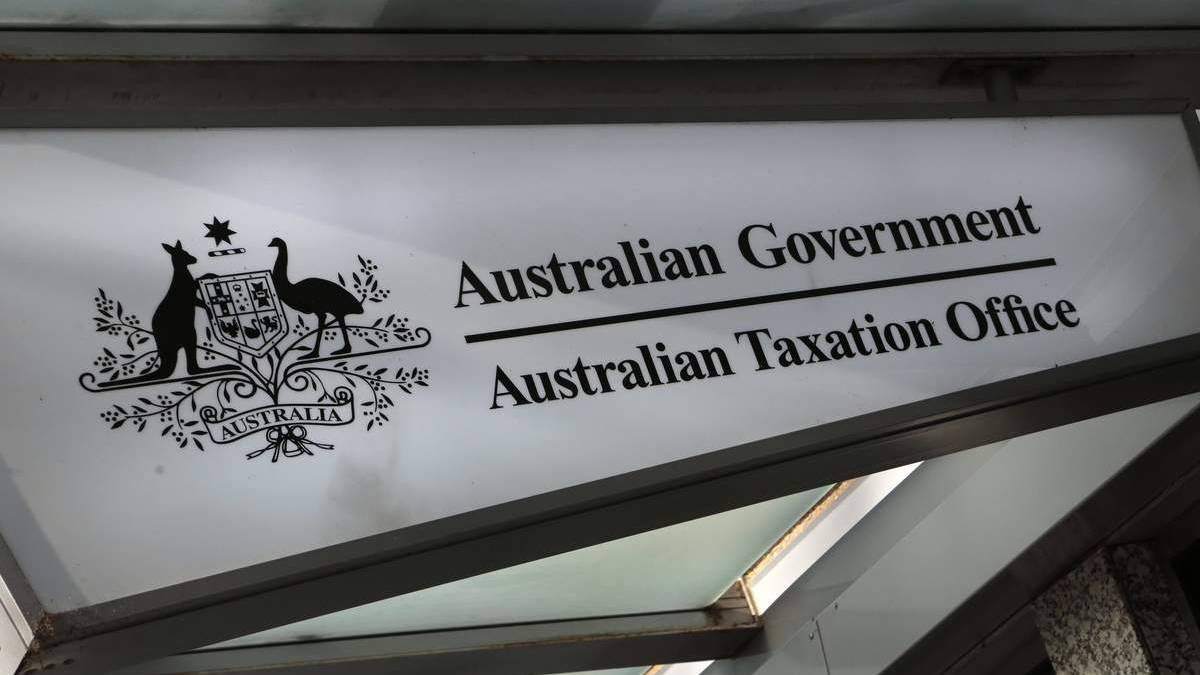It’s time to call a spade a shovel.
When the two latest controversies surrounding Self-Managed Super Funds (SMSFs) – single-asset funds (typically property) and the release of an Australian Securities and Investments Commission fact sheet with a focus on risks and red flags – got a public airing, it gave critics the ammunition they needed to disparage this popular form of superannuation.
However, what was quietly overlooked was the release of the 2019 Vanguard/Investment Trends SMSF Report that painted a far different – and healthier – picture of SMSFs.
Although the report showed the pace of SMSF establishments was slowing, there remains keen interest in SMSFs among large super fund members.
More significantly, those setting up SMSFs are doing so at a younger age – a sign that people are taking their retirements more seriously in an era where many will live well into their 90s. It remains essential that they receive specialist SMSF advice and that an SMSF is suitable for them.
The SMSF sector represented about $747 billion in retirement savings as at March, 2019, compared with $1.8 trillion invested with APRA-regulated super funds.
The total number of SMSFs grew to almost 600,000, with an average balance of $1.2 million.
Perhaps the most positive sign drawn from the report was that investing patterns have changed.
Considering the volatile geo-political climate and strong concerns about the health of the Australian economy, it’s not surprising that more than one in three investors adopted a more defensive strategy.
Holdings of cash – even at today’s miserly interest rates – were the major beneficiary.
However, there was no rush to exit growth assets. After peaking in 2013 at 45 per cent, investment in direct shares – mostly Australian equities – has slowly declined.
Direct equities investments in 2019 stood at about 35 per cent.
Significantly, too, and despite recent scaremongering about the dangers of SMSFs piling into direct property, investors’ allocations to this asset class has risen from just 11 per cent in 2017 to 13 per cent in 2019. In 2008, it stood as high as 22 per cent. So much for the argument of SMSFs overheating the residential property market.
The other significant trend to emerge in the report is a growing appetite for overseas assets, the lack thereof in the past often being a point of criticism of SMSFs.
It’s still not excessive, at 11 per cent, but the evidence shows they are set to grow, with the report estimating they will hit 16 per cent of all SMSF assets by 2020.
That SMSFs have been wary about putting their toes in overseas markets is hardly surprising. Their liking for Australian equities, cash, term deposits and property reflects a preference for assets they understand.
However, the diversification message is clearly being heard, and SMSFs are seeking exposure via a variety of investment vehicles, with Exchange Traded Funds (ETFs), managed funds and Australian shares with overseas revenue heading the list. It’s a mix that reflects a more conservative mindset.
In the aftermath of the Global Financial Crisis, some in the industry believed SMSFs would be a major casualty, with volatile times requiring specialist input that only large APRA-regulated super funds with professional investment managers could deliver.
The reality is quite the opposite. SMSFs, often with advice from specialists, have flourished.
Written by John Maroney, CEO, SMSF Association



